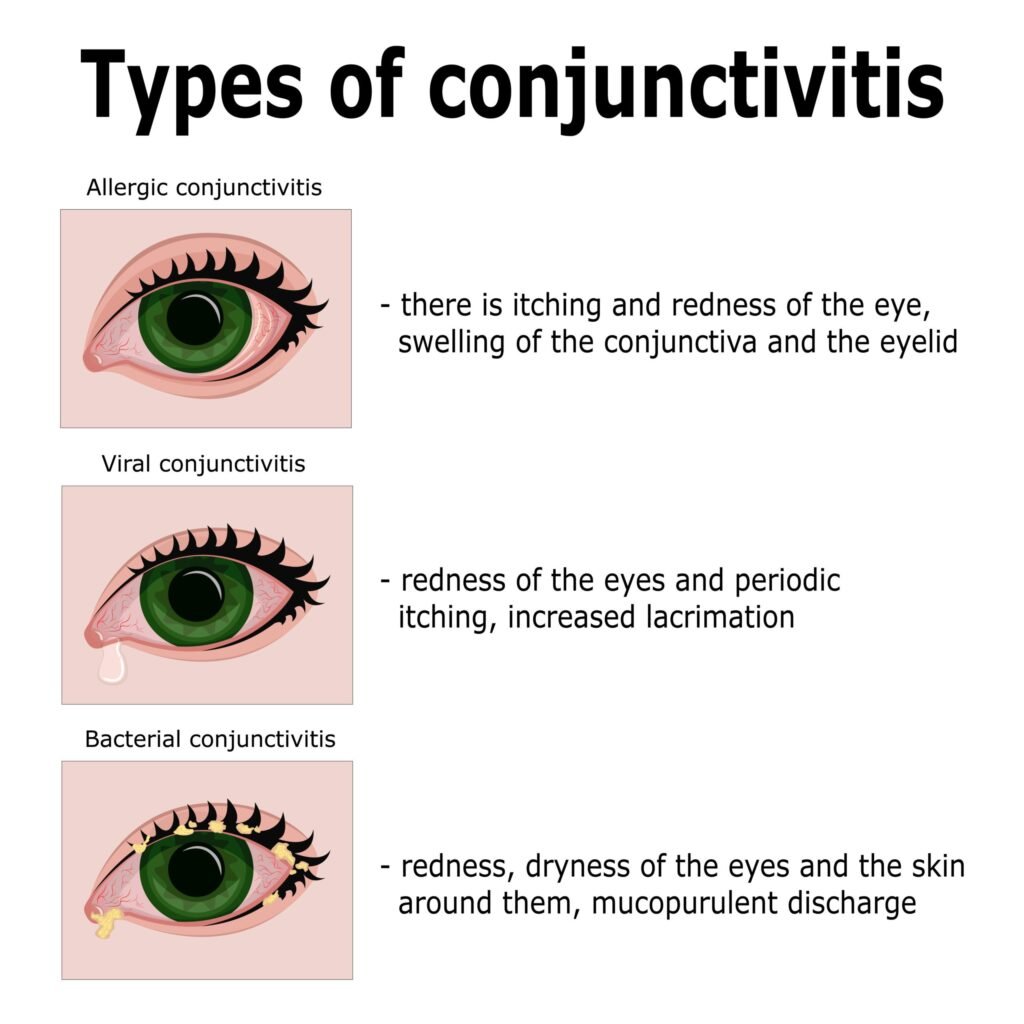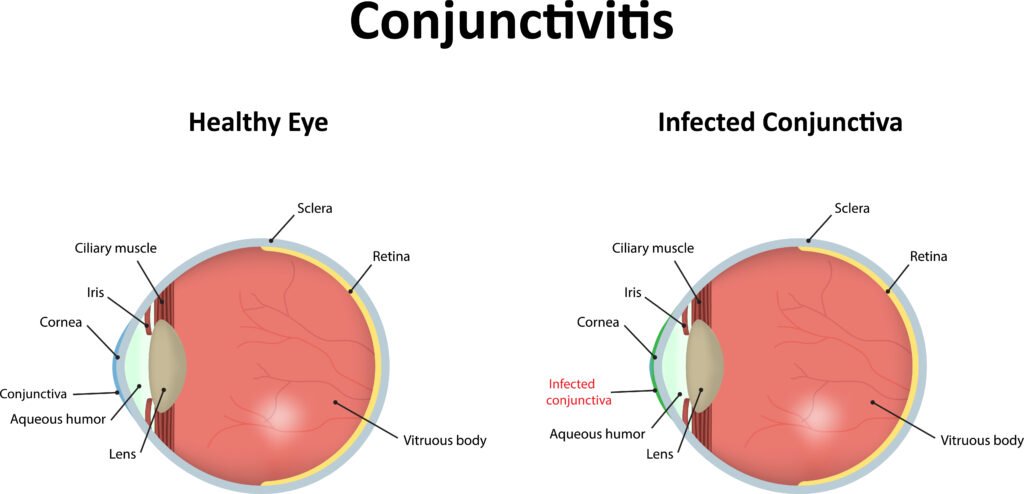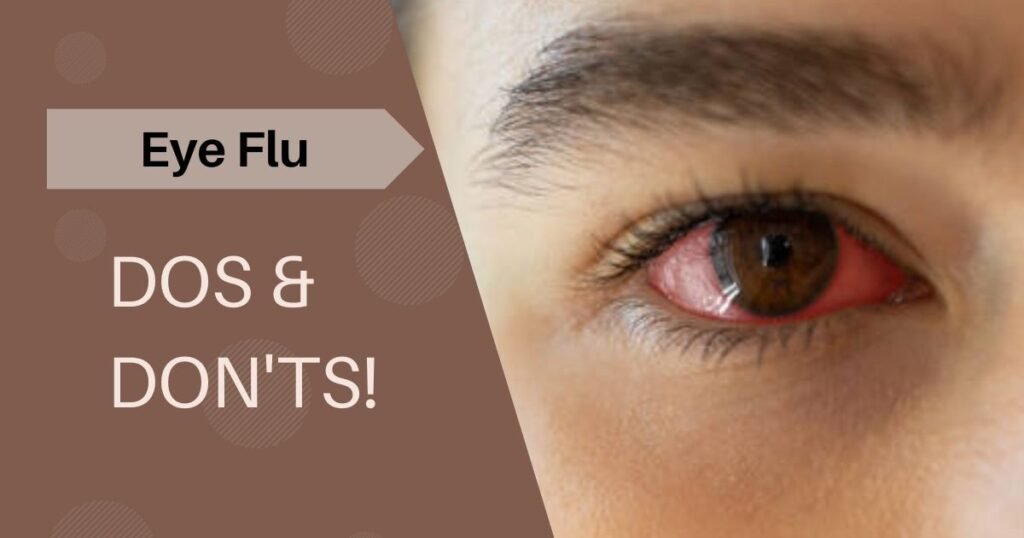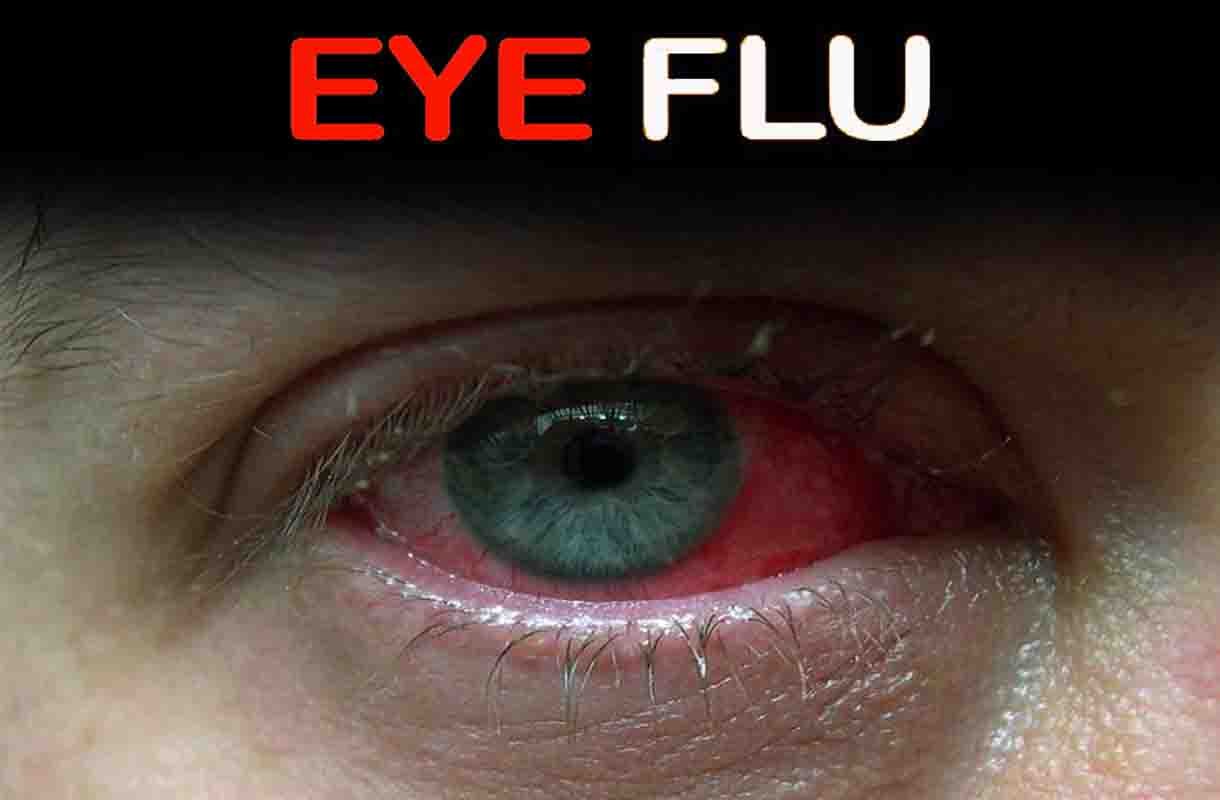Understanding Conjunctivitis (Eye Flu): Causes, Symptoms, and Effective Management
Conjunctivitis, commonly referred to as “Eye Flu,” is an inflammation of the conjunctiva, the thin, transparent layer covering the white part of the eye and the inner surface of the eyelids. This article explores the causes, symptoms, and effective management of conjunctivitis, shedding light on this prevalent eye condition.
1. Introduction to Conjunctivitis
Conjunctivitis, colloquially known as “Eye Flu” or “Pink Eye,” is a common eye condition characterized by the inflammation of the conjunctiva. This inflammation can result from various causes, including viral or bacterial infections, allergies, or irritants.

2. Common Causes of Conjunctivitis
Viral Infections
Viral conjunctivitis is often caused by the same viruses responsible for the common cold. Adenoviruses are the most common culprits, leading to highly contagious forms of conjunctivitis.
Bacterial Infections
Bacterial conjunctivitis can be caused by different bacteria, such as Staphylococcus aureus and Streptococcus pneumoniae. It is characterized by the presence of yellow-green discharge.
Allergies
Allergic conjunctivitis is triggered by allergens like pollen, dust, or pet dander, leading to an immune response and eye inflammation.
Irritants
Exposure to irritants such as smoke, chemicals, or foreign bodies can cause non-infectious conjunctivitis.

3. Symptoms of Conjunctivitis
Redness and Swelling
Inflamed blood vessels in the conjunctiva cause redness, giving the eye a “pink” appearance. Swelling of the conjunctiva may also occur.
Watery Discharge
Viral conjunctivitis often produces a watery discharge, while bacterial conjunctivitis may result in a thicker, yellow-green discharge.
Itching or Burning Sensation
Allergic conjunctivitis is often accompanied by itching or a burning sensation in the eyes.
Sensitivity to Light
Photophobia, or sensitivity to light, can be a symptom, especially in cases of viral or bacterial conjunctivitis.
Gritty Feeling
Patients may experience a gritty or sandy feeling in the eyes, particularly when bacterial or viral infections are present.

4. Management and Treatment
Hygiene Practices
Practicing good hygiene, including frequent handwashing and avoiding touching the eyes, helps prevent the spread of contagious forms of conjunctivitis.
Warm Compresses
Applying warm compresses to the affected eye can alleviate discomfort and help reduce swelling.
Artificial Tears
Using artificial tears or lubricating eye drops can provide relief from dryness and irritation, especially in cases of allergic conjunctivitis.
Antibiotic or Antiviral Medications
Prescribed medications, such as antibiotic eye drops or antiviral medications, may be recommended in cases of bacterial or viral conjunctivitis.
5. Prevention Strategies
Hand and Face Hygiene
Regular handwashing and refraining from touching the face, particularly the eyes, can prevent the spread of conjunctivitis.
Avoiding Allergens
Individuals prone to allergic conjunctivitis should take measures to avoid known allergens and use protective eyewear when necessary.
Prompt Treatment
Seeking prompt medical attention and following prescribed treatments can prevent complications and reduce the duration of symptoms.
6. Conclusion
In conclusion, conjunctivitis, often referred to as “Eye Flu” or “Pink Eye,” is a common and treatable eye condition. Understanding its causes, recognizing symptoms, and adopting effective management and prevention strategies are crucial for individuals experiencing conjunctivitis. Seeking professional medical advice ensures accurate diagnosis and appropriate treatment, promoting swift recovery and minimizing discomfort.
FAQs:
1. Is conjunctivitis contagious?
– Yes, viral and bacterial conjunctivitis are highly contagious. It is essential to practice good hygiene to prevent its spread.
2. Can conjunctivitis be caused by allergies?
– Yes, allergic conjunctivitis can result from exposure to allergens like pollen, dust, or pet dander.
3. Can conjunctivitis affect both eyes?
– Yes, conjunctivitis can affect one or both eyes, depending on the cause and mode of transmission.
4. Should I avoid wearing contact lenses if I have conjunctivitis?
– Yes, it is advisable to avoid wearing contact lenses until the infection has cleared to prevent further irritation and potential complications.
5. Can conjunctivitis lead to permanent eye damage?
– In most cases, conjunctivitis does not cause permanent damage when promptly treated. However, severe or untreated cases may lead to complications. Seeking timely medical attention is crucial.
- https://en.wikipedia.org/wiki/Leptospirosis#Eye_complications
- Understanding Urinary Tract Infections (UTIs), 5 Signs & Symptoms
- Understanding Upper Respiratory Tract Infections (URTI)
- Geostatistical Infection Mapping: Unveiling Patterns and Insights
- Viral Infection: Types, Causes, Signs and Symptoms, Prevention, and Treatment
- Types of H1N1 Viruses: Unraveling the Influenza A Variants






